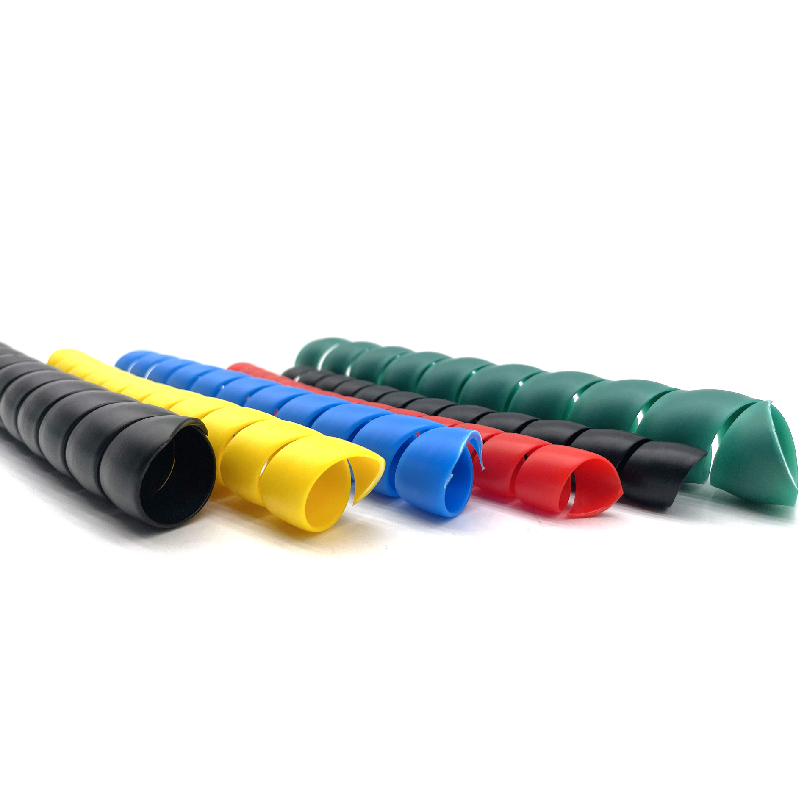Flexible Solutions for Pipe Connections and Secure Clamping Systems in Various Applications
Understanding Pipe Couplings and Clamps Essential Components in Piping Systems
In various industries, effective fluid transport is crucial, whether in plumbing, oil and gas, or industrial manufacturing. To ensure the seamless connection of pipes within these systems, pipe couplings and clamps play an indispensable role. Understanding the function and types of these components is essential for anyone involved in maintenance, installation, or design of piping systems.
What are Pipe Couplings?
Pipe couplings are fittings used to connect two lengths of pipe together. They serve to create a reliable joint that can handle the pressure and flow of the substances being transported. Couplings come in a variety of types, including but not limited to, slip couplings, threaded couplings, and weld couplings. The choice of coupling depends on factors such as pipe material, diameter, and specific application requirements.
1. Slip Couplings These are often used for pipes that need to be joined without requiring the precise alignment of threads or welded joints. A slip coupling allows for slight adjustments during installation, making it a popular choice for DIY projects.
2. Threaded Couplings Used primarily with metal pipes, threaded couplings have internal threads that allow for secure attachment to the corresponding external threads of the pipes. This type is favored in systems where dismantling and reassembling components is needed for maintenance.
3. Welded Couplings As the name suggests, these couplings involve welding pipe sections together. This method creates a strong and permanent bond, ideal for high-pressure applications such as in the oil and gas industry.
The Importance of Pipe Clamps
pipe couplings and clamps

While couplings create connections between pipes, clamps are essential for holding pipes securely in place. A pipe clamp prevents movement, vibration, and misalignment in piping systems. They come in several styles, such as adjustable clamps, saddle clamps, and rigid clamps, each serving specific functions.
1. Adjustable Clamps These clamps can accommodate various pipe diameters, making them versatile for different applications. They are commonly used in plumbing and HVAC systems to fix pipes to walls or ceilings.
2. Saddle Clamps These are designed to cradle the pipe and provide additional support. Saddle clamps are especially effective in applications where pipes must withstand significant stress, making them an excellent choice for overhead installations.
3. Rigid Clamps Unlike adjustable and saddle clamps, rigid clamps are fixed and designed for stable installations. They are often used in static environments where pipes will not experience movement.
Material Considerations
Both couplings and clamps are made from various materials depending on the application requirements. Common materials include stainless steel, PVC, and brass. Stainless steel is favored for its strength and resistance to corrosion, making it ideal for harsh environments. Conversely, PVC is lightweight and resistant to chemicals, making it suitable for plumbing systems. Brass offers durability and is often used in high-pressure applications.
Conclusion
Pipe couplings and clamps are fundamental components in piping systems, ensuring reliable connections and stability. By selecting the appropriate type of coupling and clamp for a specific application, engineers and technicians can enhance the efficiency and longevity of piping systems. As industries evolve, advancements in materials and designs for couplings and clamps continue to emerge, promising even greater reliability and performance in fluid transport applications. Understanding these elements is critical for anyone involved in the design, installation, and maintenance of piping systems.
-
Ultimate Spiral Protection for Hoses & CablesNewsJun.26,2025
-
The Ultimate Quick-Connect Solutions for Every NeedNewsJun.26,2025
-
SAE J1401 Brake Hose: Reliable Choice for Safe BrakingNewsJun.26,2025
-
Reliable J2064 A/C Hoses for Real-World Cooling NeedsNewsJun.26,2025
-
Heavy-Duty Sewer Jetting Hoses Built to LastNewsJun.26,2025
-
Fix Power Steering Tube Leaks Fast – Durable & Affordable SolutionNewsJun.26,2025

